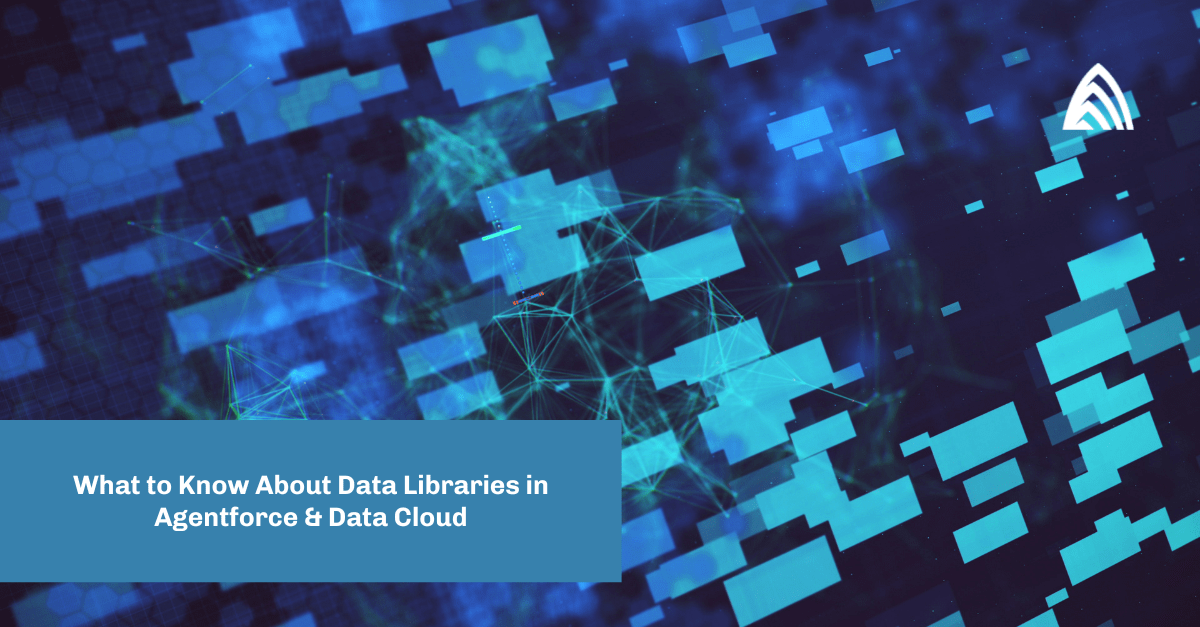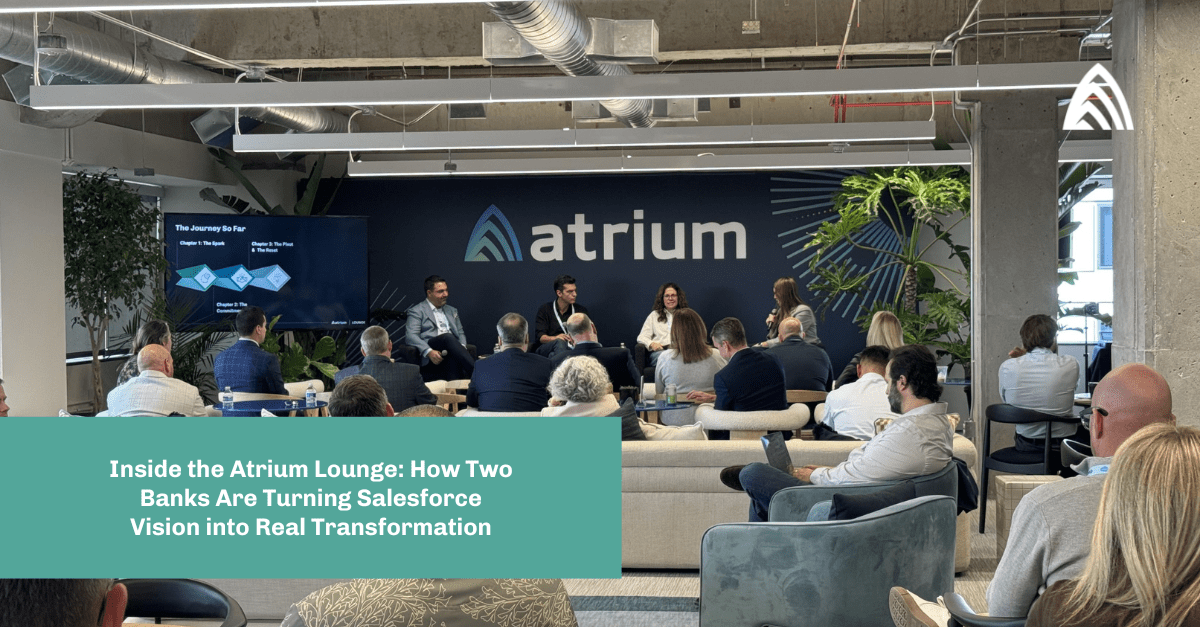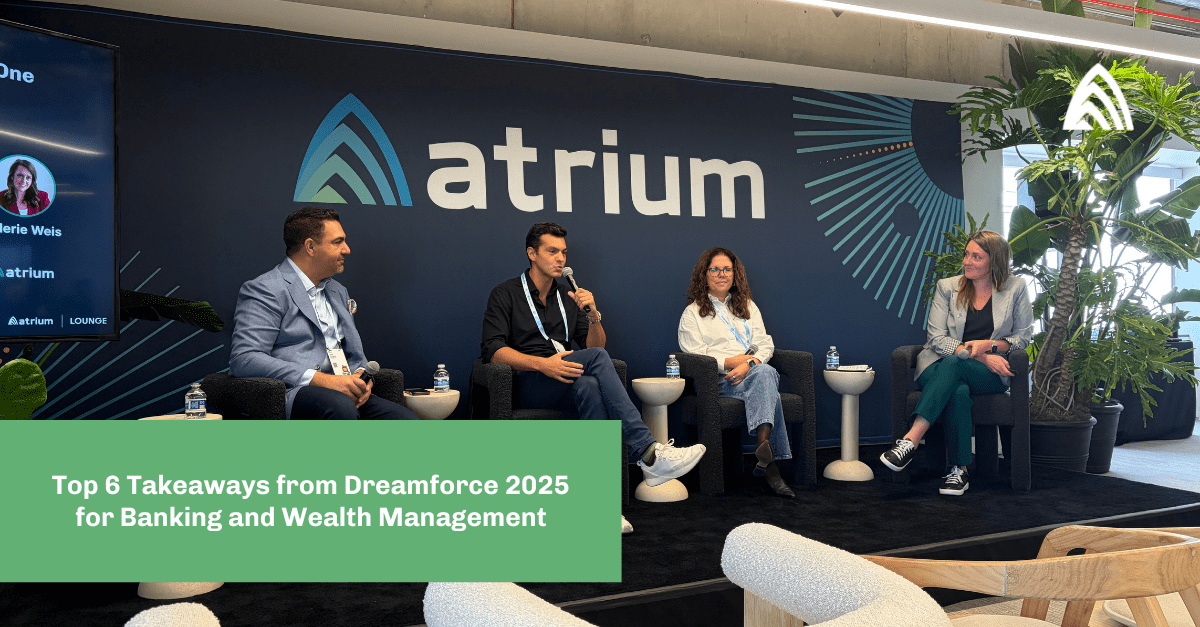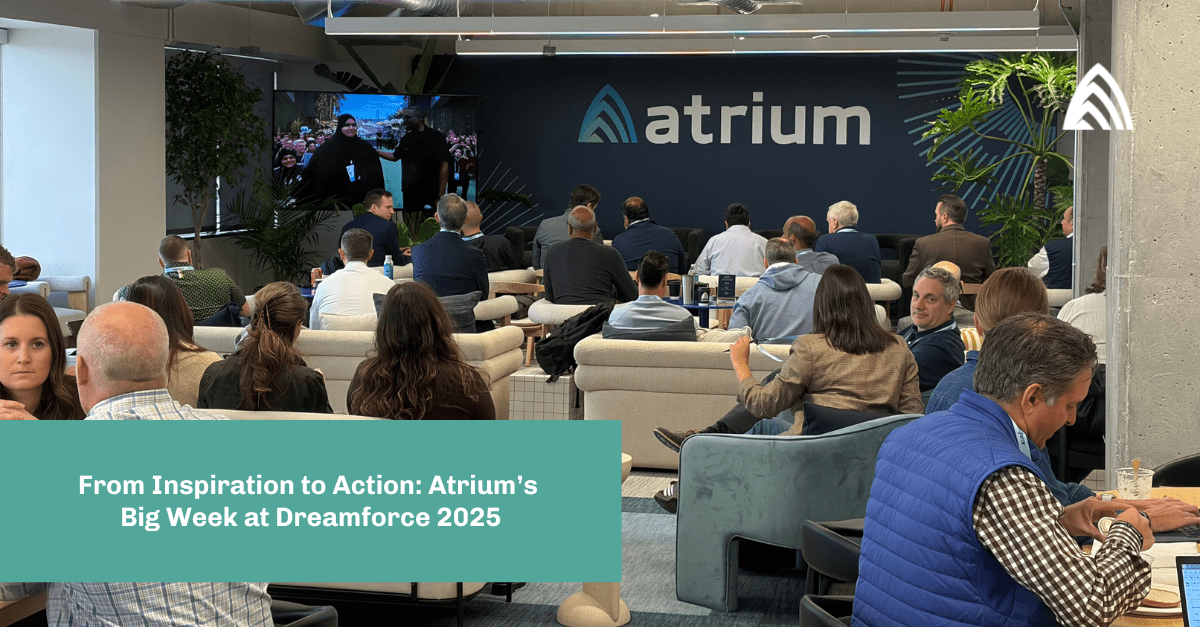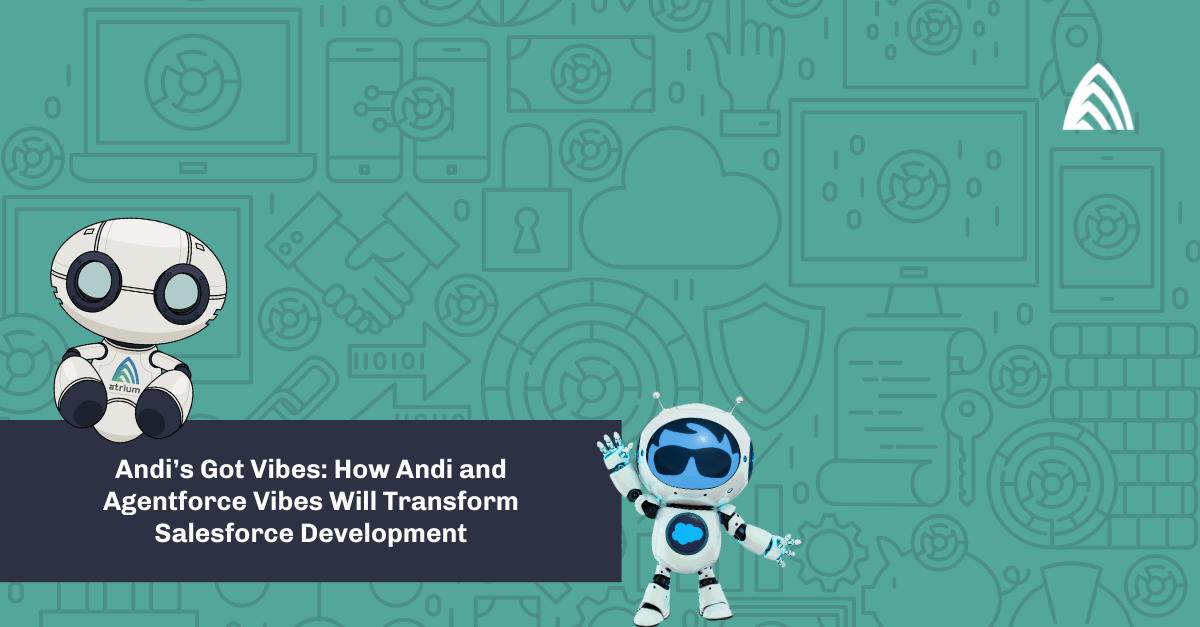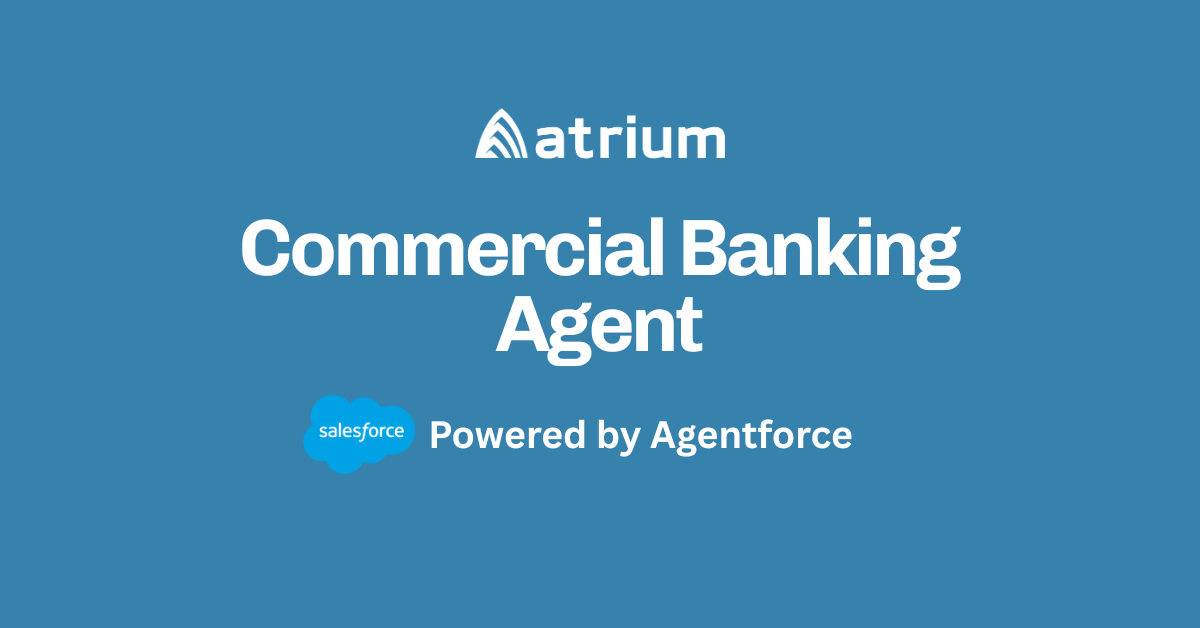TL;DR: Key Takeaways
- Agentforce Data Libraries let AI agents use your organization’s trusted data instead of relying solely on general LLM knowledge.
- Libraries can pull from Salesforce Knowledge, uploaded files, web search, or custom data sources.
- Salesforce Data Cloud powers Data Libraries by ingesting, chunking, indexing, and storing data for rapid retrieval.
- This setup enables accurate, context-rich, and relevant AI responses grounded in your company’s information.
- Benefits include greater accuracy and trust, contextual relevance, efficiency, and a low-code setup.
- To use Data Libraries, you’ll need Salesforce Data Cloud, proper permissions, and patience for processing time during updates.
Agentforce Data Libraries are a key feature within Salesforce that empower AI agents to provide accurate, context-rich, and relevant responses by grounding them in your organization’s specific data. This process relies heavily on Salesforce Data Cloud. Here’s a breakdown of how they work together.
What are Agentforce Data Libraries?
An Agentforce Data Library is a knowledge base for your AI agents. It’s how you provide your agents with the information they need to answer questions and complete tasks intelligently. Instead of relying solely on a large language model’s (LLM) general knowledge, data libraries enable the agent to use your company’s own, trusted data. This process is known as Retrieval Augmented Generation (RAG).
You can use several types of sources for a data library:
- Salesforce Knowledge articles: Leverage existing knowledge base content.
- Uploaded files: Upload documents such as PDFs, HTML files, or text files (e.g., company policies, product guides, FAQs).
- Web search: Use web search as a source for information.
- Custom retrievers: Integrate with other data sources using custom methods.
How Agentforce Data Libraries work with Data Cloud
Data Cloud is the foundational technology that powers Agentforce Data Libraries. When you create a data library, the process is not just about uploading a file; it’s a structured process that uses Data Cloud to make that information usable for the AI agent.
Here’s the technical workflow:
- Data ingestion: When you upload a file or specify a data source for your data library, Salesforce processes the content.
- Chunking and indexing: The system reads the content and breaks it down into smaller, searchable pieces, a process called “chunking.” This makes it easier for the AI to find specific, relevant information quickly.
- Storage in Data Cloud: The chunked and indexed data is stored in a structured format within Data Cloud. This ensures the data is organized and easily accessible.
- Creating a search index: A search index is created on this data, allowing the AI agent to rapidly find the most relevant “chunks” of information when a user asks a question.
- Grounding the AI: When a user interacts with the Agentforce agent, the agent first queries the data library’s search index in Data Cloud to find relevant information related to the user’s request.
- Generating the response: The agent then uses this retrieved, trusted data from Data Cloud to ground its response, ensuring the answer is accurate and specific to your organization’s information. This process combines the retrieved data with the power of generative AI to create a clear and helpful response in natural language.
Key benefits of this integration
- Accuracy and trust: By grounding the AI in your company’s data, you ensure that the responses are accurate and not based on potentially outdated or incorrect general knowledge.
- Contextual relevance: Agents can provide responses that are specific to your business policies, products, and services.
- Efficiency: Agentforce agents can instantly access and process large volumes of information that would be time-consuming for a human to search manually.
- Low-code solution: The process of setting up a data library is designed to be straightforward, often requiring no coding. You simply upload content, and the system handles the rest.
Important Things to Know
- Data Cloud Migration: For continued support of Agentforce Data Libraries, you must migrate to Salesforce Data Cloud.
- Permissions: You need the proper user permissions to create and manage data libraries and assign them to your agents.
- Performance: When you create or update a data library, the system needs time to process the content and build the search index. This can cause the library to be temporarily unavailable, with downtime depending on the number and size of the files.
- Assignment: You can create multiple data libraries and assign them to various Agentforce features, but each feature can only use one data library at a time.
Resources and help
Check out the Agentforce data libraries in Salesforce Help for more information and guidance.
An experienced partner can also help you navigate your Salesforce strategy. Whether you’re just starting a migration to Data Cloud or looking to optimize how your Agentforce agents use trusted company data, Atrium can help. When you’re ready to accelerate your AI journey, our experts can help guide your team from concept to impact.
Learn more about Atrium’s Salesforce Data Cloud consulting services.
